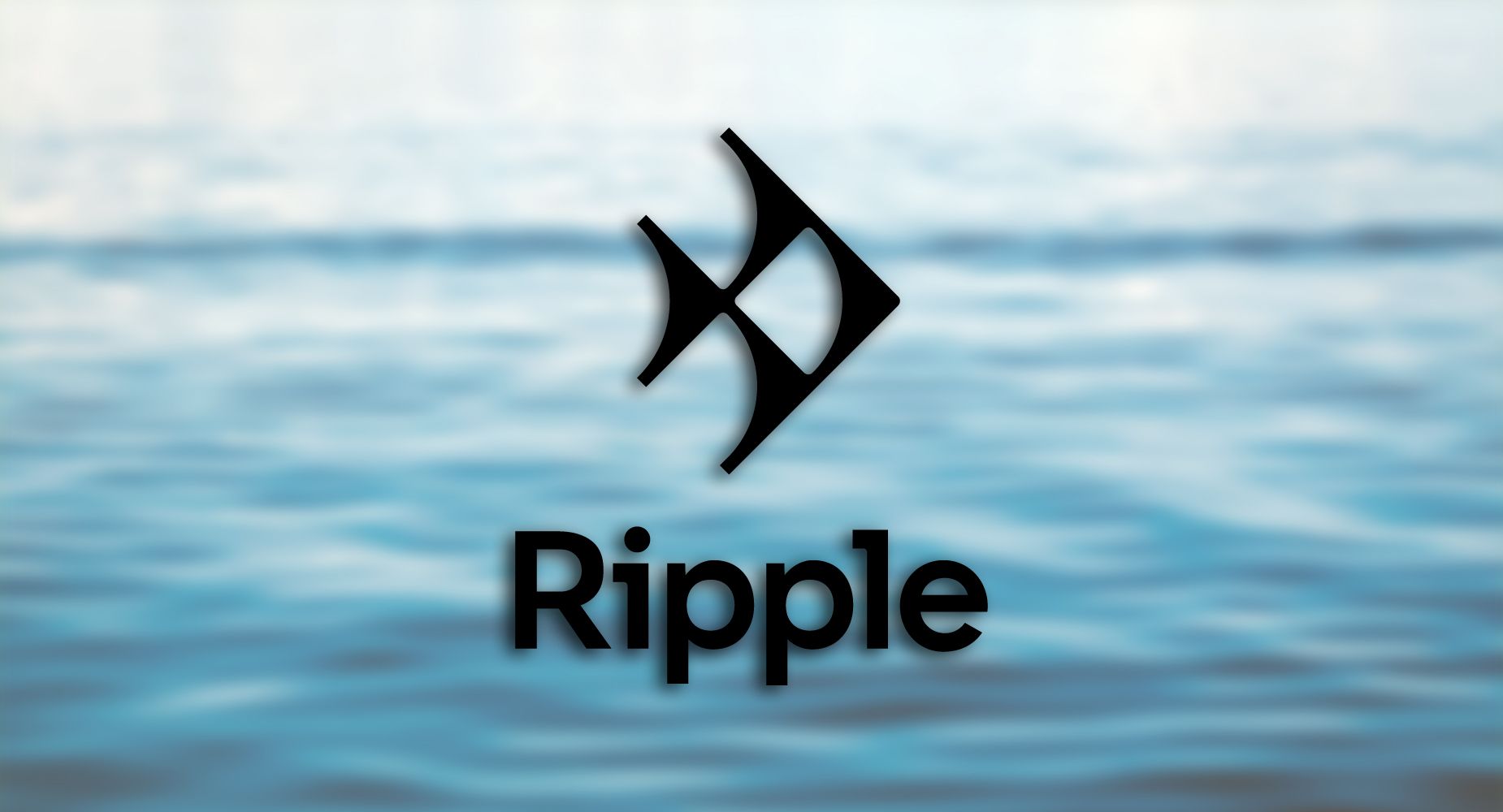We were all intrigued when Soli was announced a few years ago, but in the few products where it’s popped up since, the implementations have proven a little underwhelming. It’s not that the radar chip didn’t deliver on its promises of presence detection, gesture control, and sleep tracking, but more that those limited interactions just didn’t fundamentlly change the way we control our devices, like Google may have hoped. But now, thanks to a partnership headed up by the Consumer Technology Association (the trade organization behind CES), maybe it's finally time for this radar tech to really take off and do something impressive with the help of a new API.
The project is called Ripple and it has some big names behind it: Google and Ford have signed up as participants, as well as Blumio, a health technology company. Also onboard are major semiconductor manufacturers NXP, Infineon, and Texas Instruments. The idea is that an open radar API will make it easier for companies to design and build products featuring this tech. It could also encourage the development of third-party apps, especially if we see compatible hardware start showing up on different phones.
Google has been the industry leader when it comes to radar on mobile thus far. Its Soli chip first showed up in the Pixel 4 and 4 XL a few years ago and demonstrated this kind of gesture recognition was at least workable. It’s also being used on the second-gen Nest Hub for sleep tracking. But what are these other companies thinking when it comes to what radar could be used for?
Well, there's Blumio, a health-tech startup that’s using radar (and seeming, the Soli chip) to measure blood pressure without a cuff. The idea is to use radar to detect microscopic changes to the skin surface. And then we have Ford offering radar for adaptive cruise control systems in some of its models. Automotive radar is also crucial for the growing number of autonomous systems on modern cars like blind spot detection, emergency steering and braking, and self driving.
Behind all of these consumer applications are the chip makers. Infineon worked directly with Google ATAP to make the Soli chip. All three chip makers are leaders in the automotive radar market.
So what does this mean for the Android ecosystem? Well, if we're lucky, we could start seeing a lot more radar-based features in the future. Device makers may be more willing to put radar hardware on their phones, tablets, and watches, knowing they won’t have to design bespoke software to make use of it. And programmers could be more willing to write apps for radar knowing that their software will be broadly accessible.
The first release of the API is live now, but we likely won’t see the fruits of its availability for a while yet. Until then, we’ll just have to satisfy ourselves with our Pixel 4s and Nest Hubs.

